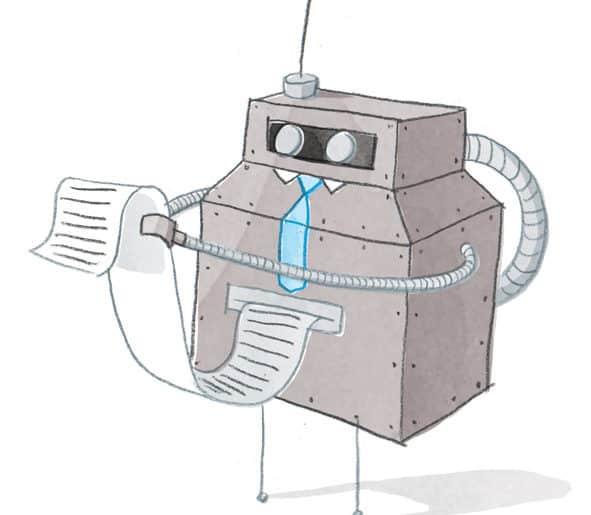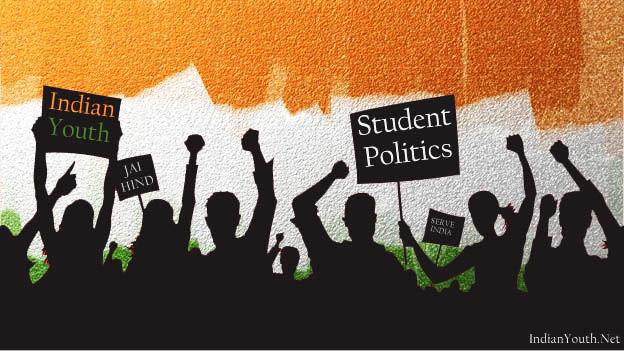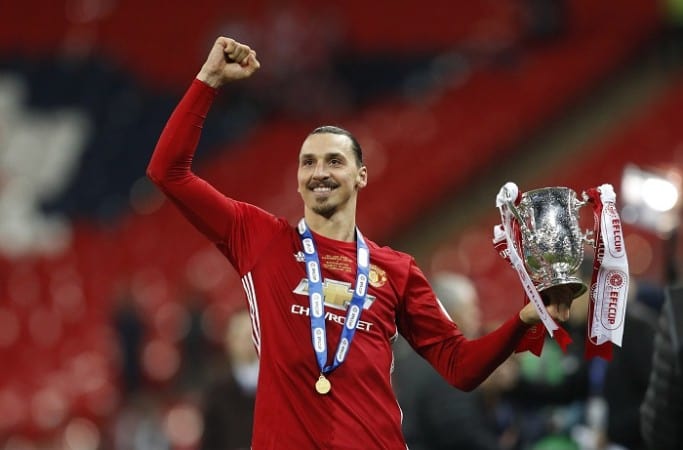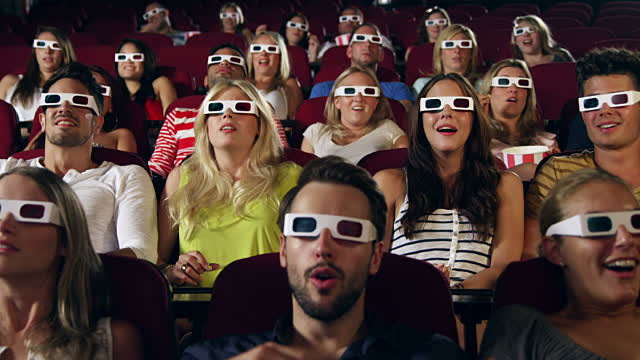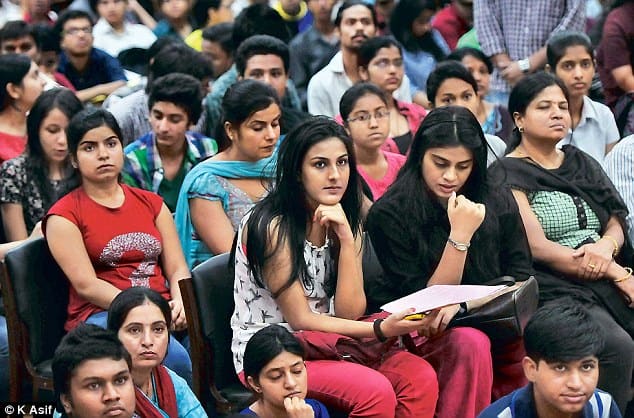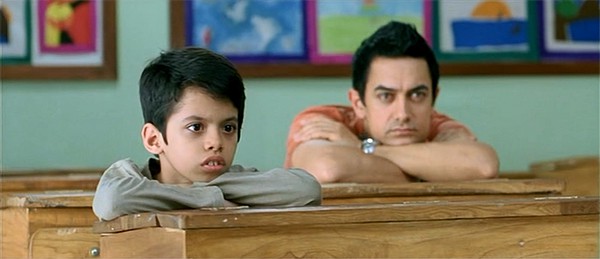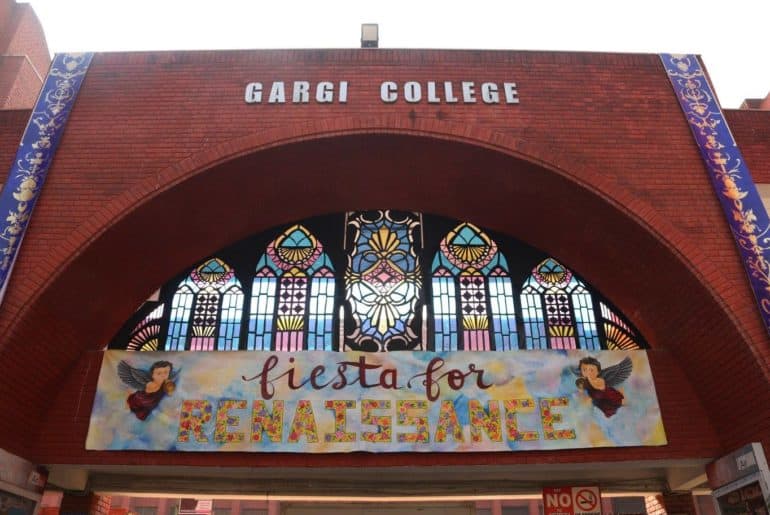With automation and technological advancement threatening the employment sector, will Bill Gates’s idea of ‘Robot Tax’ prove to be helpful?
What is Robot Tax?
In the near future, automation is definitely going take over our world and change the face of the employment sector as we know it. Recently, Bill Gates, founder of Microsoft in an interview proposed that robots should be taxed in the form of Robot tax. He anticipates that automation will replace large numbers of the work force over the next 2 decades. This is indeed a serious threat that will change humanity, and steps must be taken to smoothen the transition.
What is Gates’s central argument?
The most vital part of his argument is that in order to be “net ahead” as a society once a robot has taken the job of a human, the displaced labor must be able to perform various kinds of work so that there would be an increase in production which leads to economic growth. He argued since the displaced labor needs retraining, the robot must be taxed, and that the funds thus raised could be used to retrain and financially support displaced workers, who could then move into new jobs in other sectors like health care, education where the human touch is needed. He further added that, by taxing the robots, we would slow down the pace of automation which will mitigate public resistance to automation.
Is this idea feasible?
No, this idea is not very feasible because firstly, for the purpose of levying, paying and collecting ‘Robot tax’ levying, paying and collection, how does one define robots? If at all the puzzle of ‘ defining robots’ is solved, we would come to the question of who pays the taxes. Since robots can’t pay taxes by themselves, presumably either the owner or the manufacturer of robots will pay the tax.
If the manufacturer is to pay tax for producing robots it will give rise to a new type of tax — production tax and if it is levied will lead to double taxation. This will lead to an increase in consumer burden, where manufacturers increase the price of commodities to make up for their losses.
Moreover, this idea is not feasible because of the simple reason that manufacturers of robots can simply move to countries that don’t tax them, which would also mean a loss of job opportunities for the country that loses the manufacturer.
What then?
Gates’s idea can only be successful if this robot tax is accompanied by safety measures that ensure the displaced workers find employment in the case of a robot apocalypse.
Image Credits: www.robotscompanion.edu.com
Anahita Sahu

